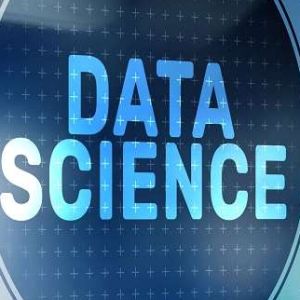Machine learning Techniques In Demand ForecastingPosted by sairaj tamse on August 23rd, 2022 Demand forecasting TechniqueThe process of creating demand projections, planning, and decision support is called demand forecasting. Demand planning and decision-making may be supported by demand forecasting, a crucial element of demand management. Businesses can use demand forecasting to decide how much of a product or service to produce based on predicted demand (which may not always equal actual demand). This process is done best through Data Science. This in-demand data science course can make a person the best data scientist today. Machine Learning Techniques Used In Demand ForecastingData scientists are now using machine learning models for demand forecasting, which, in many circumstances, may offer greater prediction accuracy than conventional statistical models due to the emergence of artificial intelligence (AI). For the purpose of developing machine learning models, it is critical to comprehend the nature of demand. The three main categories of modern forecasting techniques include the following:
Basic and advanced time series models may be used to categorize time series models. Naive Bayes, Auto Regression (AR), Moving Average (MA), Exponential Smoothing (ES), Historical Average (HA), and other fundamental time series models are examples. There are seasonal Naive, ARIMA, ARIMAX, SARIMA, and SARIMAX among the advanced time series models.
Static and dynamic econometric models are two categories of econometric models. Linear regression, gravity, and other static econometric models are examples. The three exemplary dynamic econometric models are vector autoregressive (VAR), error correction models (ECM), and time-varying parameters (TVP). Dynamic econometric models are more accurate at projecting future trends than static econometric models because they capture changing consumer preferences over time.
In general, AI-based solutions outperform conventional methods for processing massive amounts of data. The superior feature engineering capabilities of AI-based approaches may be responsible for their high performance. However, AI-based technologies are viewed as "black boxes," meaning that they are difficult to comprehend. Applications of Demand Forecasting:Demand forecasting methods may be used to anticipate demand in a variety of industries, including the following:
Forecasting the supply chain's demand for goods and services involves input from producers, distributors, retailers, and suppliers. Demand forecasting is a crucial part of supply chain management because it directly impacts how production is planned and orders are fulfilled. When making operational and strategic decisions about resources (such as the allocation and scheduling of raw materials and tooling), employees (such as scheduling, training, promotions, or hiring), manufactured goods (such as increasing market share or diversifying production), and delivery logistics, accurate forecasts have an impact on the entire supply chain and manufacturing plant organization.
By considering variables, including the number of passengers, the amount of luggage, and the prices provided, airline demand forecasting reflects demand estimates for airlines.
In some of the following fields, demand forecasting may be done using a variety of machine learning approaches. In the future, more domains will be covered.
Forecasting inventory demand for online shops or demand for online advertising are two examples of e-commerce demand forecasting.
Examples include predicting electricity demand with respect to residential, commercial, and industrial demands for the following day, demand for the next week, demand during peak hours and off-peak hours, etc. The size and timing of the peak load/demand for energy may be predicted using machine learning techniques. This not only allows power plants to start up with enough time to prevent grid congestion, but it is also essential for assuring the system's economic advantages, security, and stability. Peak loads now have new features, making peak load/demand forecasting more difficult as large-scale intermittent energy sources, like wind and solar and energy storage power plants, become more widely used.
Forecasting demand for travel and ride-sharing services, including car and bike sharing, includes services like Uber, Lyft, etc. Demand projections for transportation by bus, rail, and air are also included. Various features, including some of the following, have been modeled using machine learning techniques:
ConclusionDemand forecasting is an everyday use for machine learning algorithms. Several machine learning approaches are available for demand forecasting; the one you select will depend on the field. For instance, it has been discovered that neural networks effectively forecast demand for power and tourism, respectively. Keep this article close at hand as a reference guide for when it's time to create your demand prediction or estimate. Learn Data Science and Machine learning with the best data science course in Bangalore. It also provides specialized domain courses. Like it? Share it!More by this author |


